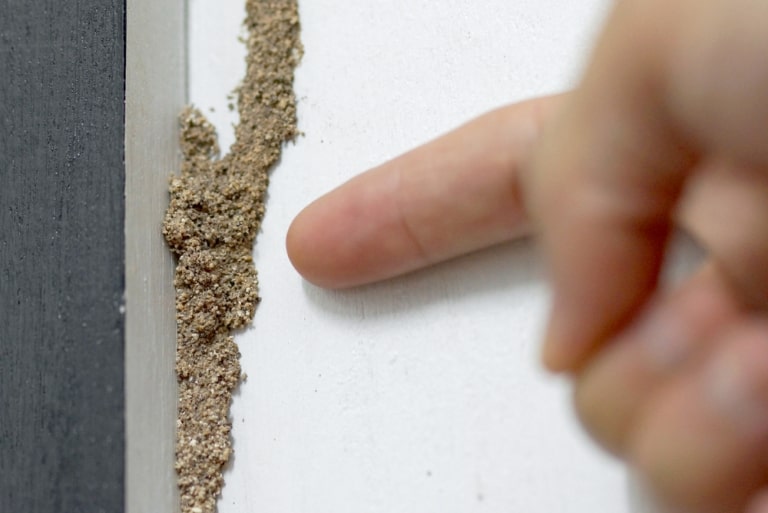Termite infestations are like silent assassins that can wreak havoc on your property if left unchecked. If you’ve noticed the distressing signs, it may be time to don the DIY pest control hat.
Spot treatments are a strategic way to tackle localized termite activity before it spreads. This comprehensive guide is crafted to turn you into a pro at termite spot treatment.
You’ll learn everything from identifying the problem spot to employing the most effective treatments and getting help from experts if needed.
Ready to protect your home against the relentless chew of termites?
Read on!
Identify Termite Activity
Termites are incredibly efficient creatures. Despite their small sizes, they can cause significant damage to the wooden structures in your home. Identifying termite activity is the first step toward preventing further damage.
One of the most common signs of a termite infestation is the appearance of mud tubes on walls or foundations. These tubes provide shelter and moisture for termites as they move from their underground colonies to their food source.
Other signs of termite activity include:
- damaged wood
- discarded wings
- frass (termite droppings)
You may also hear a hollow sound when tapping on wood that termites have infested.
Select Treatment Products
Once you have identified the problem spot, it’s time to select the appropriate termite control products. There are several options available in the market. Each option comes with its advantages and disadvantages.
Liquid insecticides can be used for spot treatments by directly spraying on termite-infested areas or injecting into the soil near infested wood. This method creates a barrier that can prevent termites from spreading further.
Bait systems are another popular choice for spot treatments. These systems use slow-acting insecticides that termites ingest and then spread to other colony members. However, termite baiting systems may take longer to show results than liquid insecticides.
Prepare and Apply Treatment
Before starting the treatment, make sure to prepare the area. You can do this by removing any obstacles and covering nearby plants or objects that may be affected by the products. Follow the instructions on the product label carefully for proper application.
Wear protective gear such as gloves and eye protection when using liquid insecticides. Apply the product according to the recommended dosage.
Ensure even coverage of all infested areas. For bait systems, follow the instructions for placement and monitoring of the stations.
Monitor and Follow-Up
Spot treatments may require multiple applications to eliminate the termite infestation. Monitoring the treated areas regularly and reapply the treatment as needed is important.
In addition, it’s crucial to address any underlying issues that may have caused the termite infestation in the first place. This could include fixing leaky pipes or addressing moisture problems in your home.
If you are considering pest control from experts, get help with your follow-up treatments. A professional pest control company can provide a comprehensive treatment plan. They can ensure the complete eradication of termites from your home.
Follow This Effective Termite Spot Treatment Guide
Termite spot treatment can be a highly effective way to tackle localized termite infestations and protect your home from further damage.
Following this comprehensive guide can ensure effective treatment and prevention of future infestations.
Don’t forget to seek professional help, as they have the expertise and resources to handle severe termite problems. Stay vigilant and stay protected!
Should you wish to read more, visit our blog. We’ve got more!
